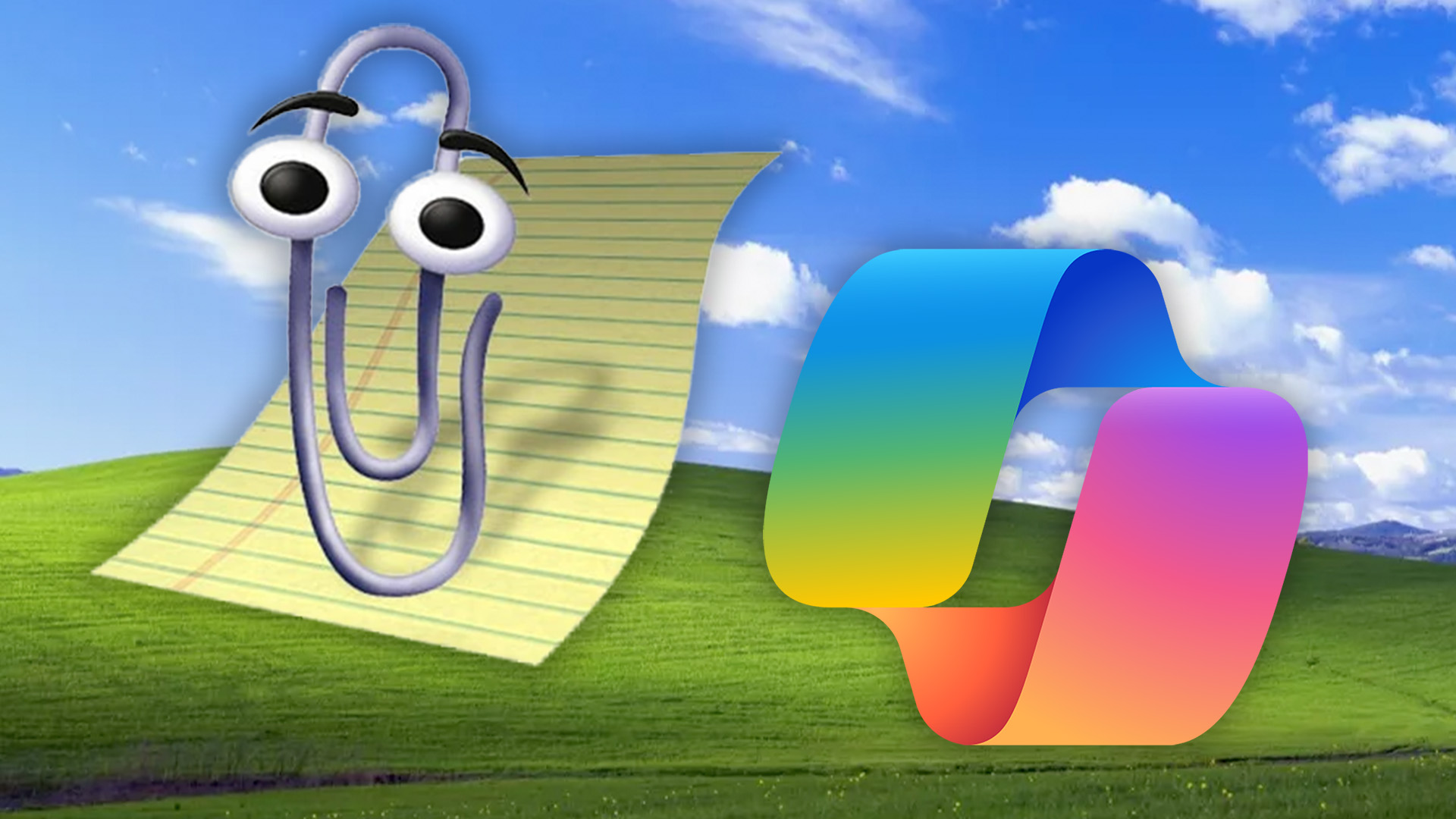Destroy desk culture
We may have sofas and foosball tables in our studios, but with mobile email at all hours and studio Facebook pages to run, it feels like we’re constantly at work, says Steve Price
The word ‘desk’ comes from the 14th century Latin ‘desca’, meaning a table to write on. Medieval illustrations show the first pieces of furniture designed and constructed for reading and writing. Desks fill a practical purpose and have been given a physiological one, but they are not where creativity originates. In fact, they can be where it dies.
We need to reassess the workplace in general. In the creative industry you’ll see many variations of the ‘studio’. It was once a place where drawing boards, cutting boards, scalpels and maybe even typesets and pica rulers lay strewn in between old coffee cups and drawings, with more drawings, sketches and posters covering the walls. Most of this has been replaced by iMacs, white IKEA desks and walls adorned with a range of the latest screenprints. Or they might even be barren. You don’t want to ruin the look.
You’ll see sofas in the corner, drum kits, pool tables, bars, cinema rooms, meeting rooms with themes, even themed toilets. All as you might expect from an industry led by creatives. Don’t get me wrong, I like it – it’s bringing a bit of fun into a typically forced environment.
However, these are mere distractions – props – to otherwise create the illusion that you’re not at work when, really, you are. If you’re on Facebook or Twitter then you can’t possibly be working. But on the sofa? Even in the age of the internet, where you can now be available no matter if you’re at 38,000 feet or underground, we’re still pulled by this Victorian mentality: if you’re not at your desk people will question why you’re not there and that breeds contempt.
Technology enabled us to connect, plug-in, dial-in, check-in, share and compare, and all while we’re on the go… or at our desks. But it’s not just during working hours. Many of us now have to go to work earlier to finish the work we couldn’t get done the day before. We’re working longer and getting paid the same, which in comparison to previous decades means we’re working longer for much less.
A few years ago I mocked a friend – sorry, Paula – when she told me she’d been on a breathing course. I’ve come to realise why she needed that course. We all know how to breathe, but how often do we inhale and exhale 10 big lungfuls of air while taking the time to think, contemplate and relax?
The human body wasn’t made for sitting at a desk in front of a computer for eight hours or more each day. Slouching down, only breaking to go for a cigarette, coffee or lunch. Even then, we bring our food back and eat at our desk over the keyboard. Sometimes we don’t even stop for lunch because there is not enough time. Dinner is a take-away from a place whose menu you know better than you care to acknowledge, while you check Twitter, Facebook and email.
Daily design news, reviews, how-tos and more, as picked by the editors.
Consider the side effects this has on our lives, our family, our friendships and relationships. The pressure it places on time not spent working increases because there is less time to do the important things in life. Do we get exercise? Do we eat, drink and sleep well, and take part in the recreational activities that are vital for our mind, body and soul?
I have experienced all of this first-hand with my own studio and working with other agencies. In the creative industry, I think we need to start investing in ourselves. At Plan-B Studio I live by the motto ‘Love and Support’. That goes for my work, my clients, my family, those who work with me and for myself. I now schedule work accordingly. If I know I need four weeks for a job, but only two of actual production work, I will explain to the client that part of the project will take a month but that they are only paying for two weeks: the rest is for me to think, research, write and breathe. If they don’t like that, I don’t work with them.
As for the people who work with me, I don’t mind if they work from home, a beach in Goa or a hut in Finland. We just need to make sure we’re honest with each other. There’s one common goal: deliver.
I’m not suggesting that desks and the way that technology has stretched the desk-tied mentality to every corner of our lives is wrong. I’m telling you, we’re doing it wrong. As individuals, we can only excel if we give more time over to thinking, nurturing and developing not just our ideas but our lives. Think. Breathe. Then think again.
Want to know how to be a creative director? Creative Bloq has the answers!

The Creative Bloq team is made up of a group of art and design enthusiasts, and has changed and evolved since Creative Bloq began back in 2012. The current website team consists of eight full-time members of staff: Editor Georgia Coggan, Deputy Editor Rosie Hilder, Ecommerce Editor Beren Neale, Senior News Editor Daniel Piper, Editor, Digital Art and 3D Ian Dean, Tech Reviews Editor Erlingur Einarsson, Ecommerce Writer Beth Nicholls and Staff Writer Natalie Fear, as well as a roster of freelancers from around the world. The ImagineFX magazine team also pitch in, ensuring that content from leading digital art publication ImagineFX is represented on Creative Bloq.
